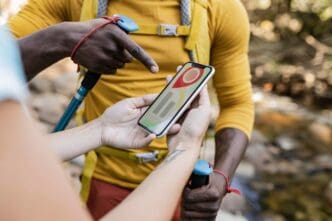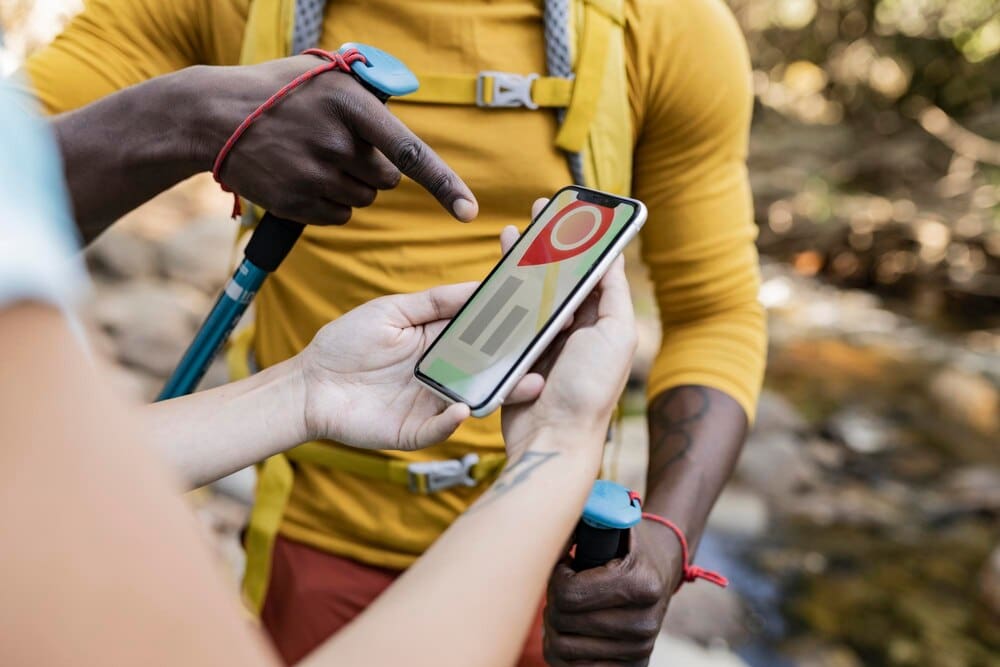For runners seeking to escape the pavement and embrace nature, South Florida presents a unique and often misunderstood trail running paradise. While it lacks mountains, its network of trails challenges athletes of all levels with a distinct combination of technical terrain—from sugar sand and limestone rock to cypress swamps—all under a demanding subtropical climate. To safely and successfully navigate these environments, runners must adopt specific strategies, gear, and a deep respect for the region’s wild ecosystems, transforming a simple run into a rewarding adventure year-round.
The Uniquely Floridian Challenge: Understanding the Terrain
The first step to mastering South Florida trails is to recalibrate your expectations. Forget the long, graded climbs of mountain regions; the challenge here is underfoot and all around you. The terrain is deceptively demanding, requiring constant focus and specialized skills.
One of the most common surfaces is “sugar sand,” a fine, loose sand that saps energy with every step. Running on it feels like treading water, demanding a change in form and a significant increase in effort. You will also frequently encounter exposed limestone, often called “pinnacle rock,” which can be sharp, uneven, and slick when wet.
Many trails, particularly in preserves like the Everglades, weave through cypress domes and hardwood hammocks. Here, the ground is a lattice of gnarled cypress knees and tangled roots, requiring nimble footwork. During the wet season (roughly May through October), these same trails can become partially or fully submerged, turning a run into a splashy, muddy affair.
Gearing Up for Success: Your South Florida Trail Kit
Your standard road running gear won’t cut it when facing the specific demands of these trails. Investing in the right equipment is not about luxury; it’s about safety, comfort, and performance.
Footwear: Drainage is King
The single most important piece of gear is your shoes. Look for trail-specific models with two key features: excellent drainage and appropriate traction. Uppers made of breathable, non-absorbent mesh will allow water to escape quickly after a creek crossing or a run through a flooded section, preventing blisters and water-logged weight.
The outsole lugs don’t need to be as deep or aggressive as those designed for thick mud, but they should provide reliable grip on wet rock, roots, and loose sand. A built-in rock plate can also offer welcome protection from the sharp limestone common in many parks.
Hydration and Nutrition: Combat the Climate
The heat and humidity in South Florida are relentless and cannot be underestimated. Dehydration is a serious risk, even on shorter runs. A handheld bottle is often insufficient; a hydration vest or pack is essential for carrying enough water and keeping your hands free for balance.
For any run lasting over an hour, you must also consider electrolytes. You lose vital salts like sodium and potassium through sweat at an accelerated rate in humid conditions. Carry electrolyte tabs, chews, or powders to add to your water to prevent cramping and the more serious effects of hyponatremia.
Protection from the Elements
Sun and insects are two constants of the South Florida environment. A lightweight, moisture-wicking hat and UV-blocking sunglasses are non-negotiable for sun protection. Applying a sweat-resistant, broad-spectrum sunscreen before you head out is a critical habit.
Insect repellent containing DEET or picaridin is a must, especially during the buggy wet season and at dawn or dusk. Mosquitoes can be thick, and tiny biting midges, known as “no-see-ums,” can swarm in coastal and swampy areas. Lightweight, long-sleeved shirts with a UPF rating can provide an excellent dual barrier against both sun and bugs.
Technique and Strategy for the Trail
Running efficiently and safely on varied terrain requires a mental and physical shift from road running. It’s less about consistent pace and more about adaptable effort.
Mastering Tricky Footing
When you hit a patch of sugar sand, shorten your stride and increase your cadence (foot turnover). Think about lifting your feet up and out of the sand rather than pushing off. On rocky or root-filled sections, keep your eyes scanning 10 to 15 feet ahead on the trail, not directly at your feet. This allows your brain to process the upcoming terrain and choose your foot placements in advance.
Embrace the “Hike-Run”
There is no shame in walking. In trail running, especially in South Florida, walking steep or highly technical sections is a smart energy-conservation strategy. Trying to power through deep sand or a treacherous root bed will only spike your heart rate and fatigue your muscles unnecessarily. Learn to run by effort, not by the pace on your watch.
Navigating Water and Mud
When you encounter a water crossing, take a moment to assess its depth and the footing underneath. Use a stick to probe if you’re unsure. It’s almost always safer to walk through steadily than to try and leap across slippery rocks. This is where those quick-draining shoes prove their worth.
Wildlife and Safety Considerations
Sharing the trail with wildlife is one of the great joys of running in South Florida, but it requires awareness and respect. The most common large animals you might see are alligators, deer, and wild hogs. Alligators are typically wary of humans but should always be given a very wide berth, especially near the water’s edge. Never, ever feed them.
Snakes are also prevalent. While most are non-venomous, the region is home to venomous species like the Eastern Diamondback Rattlesnake, Water Moccasin (Cottonmouth), and Coral Snake. The best defense is awareness. Watch where you step, and if you see a snake, stop and back away slowly to give it space to move on.
Above all, the greatest danger is the climate. Always run in the early morning or late evening to avoid the peak heat of the day. Know the signs of heat exhaustion (dizziness, nausea, headache, profuse sweating) and heatstroke (confusion, lack of sweating, high body temperature), and be prepared to cut your run short if you feel them coming on.
Where to Run: Top Trails for Every Level
South Florida’s park systems offer a surprising variety of trails catering to all abilities.
Beginner-Friendly Trails
Oleta River State Park (North Miami Beach): A fantastic starting point. Oleta offers miles of wide, relatively smooth dirt trails that are perfect for getting your footing. It provides a gentle introduction to the mangrove and coastal hammock environment without being overly technical.
Markham Park (Sunrise): Primarily known for its extensive mountain bike trail system, Markham’s green and blue trails are excellent for runners. The terrain is varied, with some small man-made hills, gentle twists, and turns that keep things interesting.
Intermediate Challenges
Jonathan Dickinson State Park (Hobe Sound): This park is a true gem and a classic South Florida trail experience. The famous “East Loop” trail takes you through multiple ecosystems, from ancient sand dunes covered in scrub to pine flatwoods. Here you will encounter the infamous sugar sand, making it a great place to practice your technique.
Long Pine Key Nature Trail (Everglades National Park): Running in the Everglades is an unforgettable experience. The trail system at Long Pine Key winds through a slash pine forest on a bed of exposed, porous limestone. It’s a rugged and remote-feeling run that showcases the unique geology of the region.
Advanced and Technical Runs
Virginia Key Mountain Bike Trails (Miami): Don’t let the “mountain bike” name fool you; this is a premier destination for advanced trail runners. The trails are tight, twisty, and packed with technical features, including wooden bridges, switchbacks, and challenging sections of sharp pinnacle rock that demand total concentration.
Grassy Waters Preserve (West Palm Beach): For a truly wild and adventurous run, Grassy Waters is unmatched. The trails here can be primitive, often overgrown, and frequently flooded. It is a true immersion into the Everglades ecosystem, best suited for experienced and self-sufficient runners who are prepared for anything.
Conclusion
Trail running in South Florida is a sport of adaptation. It challenges you to look beyond pace and mileage and connect with a wild, dynamic landscape that is far more rugged than its flat reputation suggests. By investing in the right gear, learning the specific techniques for the terrain, and prioritizing safety in the face of the climate and wildlife, you can unlock a deeply rewarding and sustainable running practice. It’s an opportunity to explore the hidden wilderness that thrives just beyond the city limits, one focused, deliberate step at a time.







